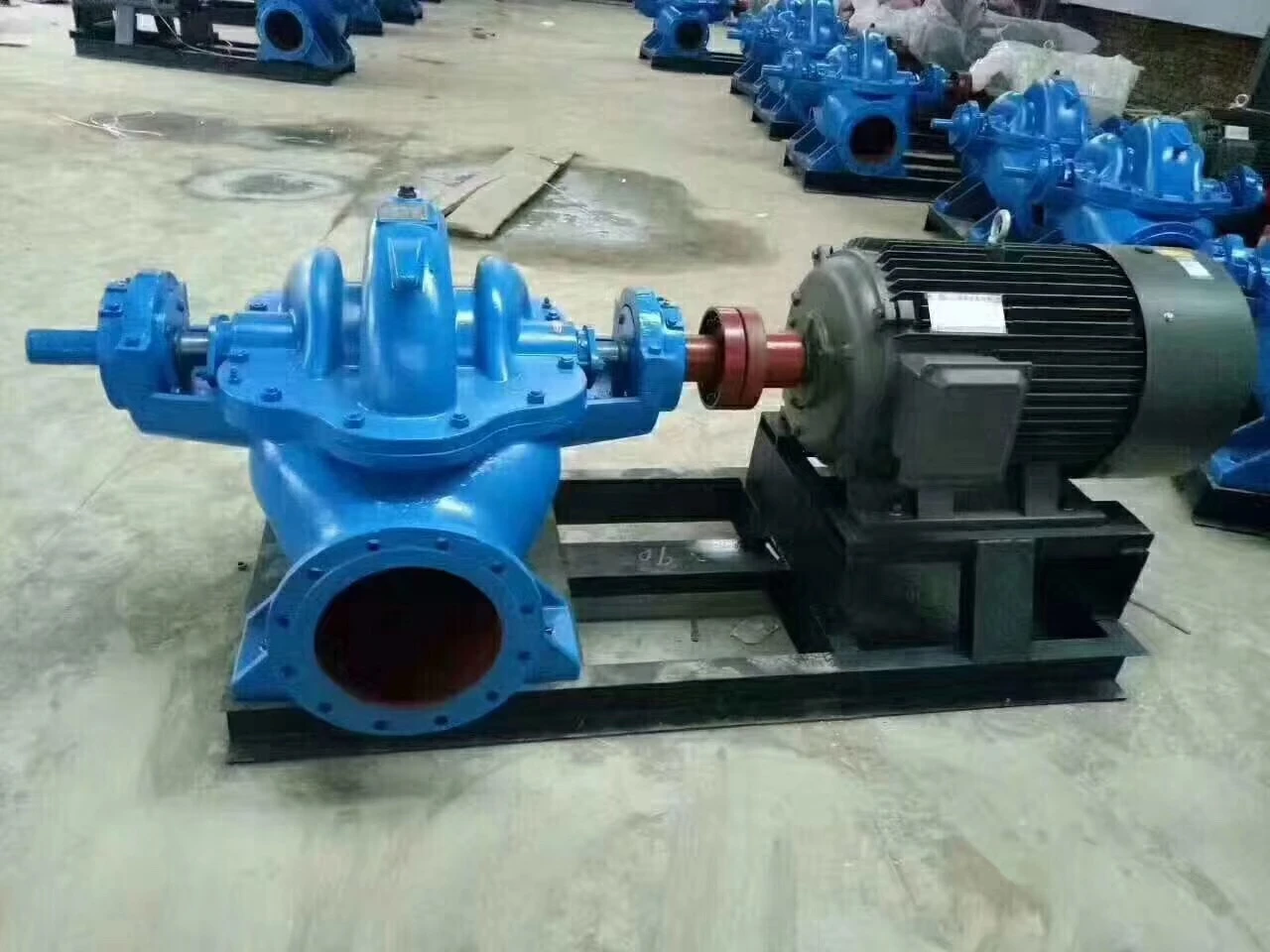Khmer
- Afrikaans
- Albanian
- Amharic
- Arabic
- Armenian
- Azerbaijani
- Basque
- Belarusian
- Bengali
- Bosnian
- Bulgarian
- Catalan
- Cebuano
- Corsican
- Croatian
- Czech
- Danish
- Dutch
- English
- Esperanto
- Estonian
- Finnish
- French
- Frisian
- Galician
- Georgian
- German
- Greek
- Gujarati
- Haitian Creole
- hausa
- hawaiian
- Hebrew
- Hindi
- Miao
- Hungarian
- Icelandic
- igbo
- Indonesian
- irish
- Italian
- Japanese
- Javanese
- Kannada
- kazakh
- Khmer
- Rwandese
- Korean
- Kurdish
- Kyrgyz
- Lao
- Latin
- Latvian
- Lithuanian
- Luxembourgish
- Macedonian
- Malgashi
- Malay
- Malayalam
- Maltese
- Maori
- Marathi
- Mongolian
- Myanmar
- Nepali
- Norwegian
- Norwegian
- Occitan
- Pashto
- Persian
- Polish
- Portuguese
- Punjabi
- Romanian
- Russian
- Samoan
- Scottish Gaelic
- Serbian
- Sesotho
- Shona
- Sindhi
- Sinhala
- Slovak
- Slovenian
- Somali
- Spanish
- Sundanese
- Swahili
- Swedish
- Tagalog
- Tajik
- Tamil
- Tatar
- Telugu
- Thai
- Turkish
- Turkmen
- Ukrainian
- Urdu
- Uighur
- Uzbek
- Vietnamese
- Welsh
- Bantu
- Yiddish
- Yoruba
- Zulu
Telephone: +86 13120555503
Email: frank@cypump.com
ធ្នូ . 21, 2024 12:10 Back to list
Self-Priming Slurry Pumps for Efficient Handling of Thick Liquids in Various Applications
Understanding Self-Priming Slurry Pumps Applications and Advantages
Self-priming slurry pumps are specialized pumps designed to handle abrasive and viscous materials, commonly utilized in industries such as mining, construction, and waste management. These pumps are equipped with innovative features that enable them to efficiently transport heavy slurries without the need for manual priming, making them an essential component in various industrial applications.
What is a Self-Priming Slurry Pump?
A self-priming slurry pump is a type of centrifugal pump that can create the necessary suction to draw liquid into the pumping system from a lower level, all without the need for external priming assistance. This capability is pivotal when dealing with slurry – a heterogeneous mixture of solids and liquids – since traditional pumps often struggle with the abrasive nature and variable density of these mixtures.
The self-priming action occurs through a unique design where the pump housing is partially filled with a liquid (usually the slurry itself), allowing air to be expelled and creating a vacuum that draws more liquid into the impeller. This feature is particularly beneficial in situations where the pump might be operating intermittently or in locations where maintaining a steady supply of liquid is challenging.
Key Features of Self-Priming Slurry Pumps
1. Robust Construction Self-priming slurry pumps are built with durable materials like cast iron or high-grade alloys to withstand the abrasiveness of slurries. The impellers are designed to handle solid particles without compromising efficiency.
2. Versatile Applications These pumps can handle a wide variety of slurries, such as sand and gravel mixtures, mineral ore slurries, and even wastewater containing solids. Their versatility makes them ideal for various sectors, including mining, dredging, and wastewater treatment.
3. Efficient Operation One of the most significant advantages of self-priming slurry pumps is their efficiency in operation. By eliminating the priming step, these pumps can start delivering slurry almost immediately, reducing downtime and enhancing productivity.
self priming slurry pumps

4. Low Maintenance Needs The design of self-priming slurry pumps often minimizes maintenance requirements, as they eliminate common issues associated with traditional pumps, such as cavitation and air locking.
Applications of Self-Priming Slurry Pumps
- Mining Operations Self-priming slurry pumps are extensively used in mining to transport mineral slurries from extraction sites to processing plants. Their ability to handle high solids content makes them ideal for this application.
- Construction Sites In construction, these pumps are used to remove water and slurry mixtures from excavation sites. They efficiently manage the dewatering process while simultaneously handling soil and rock fragments.
- Wastewater Treatment These pumps play a crucial role in wastewater treatment facilities, where they transport sludge and other solid-laden effluents to treatment units. Their robust construction ensures reliable performance, even with harsh waste materials.
- Dredging In dredging operations, self-priming slurry pumps are deployed to move sediment from the seabed to vessels or processing locations, enabling effective underwater excavation.
Conclusion
In summary, self-priming slurry pumps represent a vital advancement in pump technology, addressing the challenges posed by the transport of abrasive and viscous materials. Their ability to self-prime enhances efficiency and reduces operations downtime, making them indispensable across various industrial applications. With durable construction and low maintenance needs, these pumps ensure reliable and effective performance in some of the most demanding environments. As industries continue to evolve and expand, the role of self-priming slurry pumps will only become more significant, driving innovation and productivity in fluid handling processes worldwide.
-
High-Performance Air Pumps for Sand & Gravel | Efficient Transport
NewsAug.03,2025
-
ISG Series Vertical Pipeline Pump - Chi Yuan Pumps Co., LTD.|Energy Efficiency, Corrosion Resistance
NewsAug.03,2025
-
ISG Series Pipeline Pump - Chi Yuan Pumps | Energy Efficiency&Compact Design
NewsAug.03,2025
-
ISG Series Vertical Pipeline Pump - Chi Yuan Pumps Co., LTD.|High Efficiency, Low Noise, Durable
NewsAug.02,2025
-
ISG Series Vertical Pipeline Pump - Chi Yuan Pumps | High Efficiency, Low Noise
NewsAug.02,2025
-
ISG Series Vertical Pipeline Pump- Chi Yuan Pumps Co., LTD.|High Efficiency&Compact Design
NewsAug.02,2025










